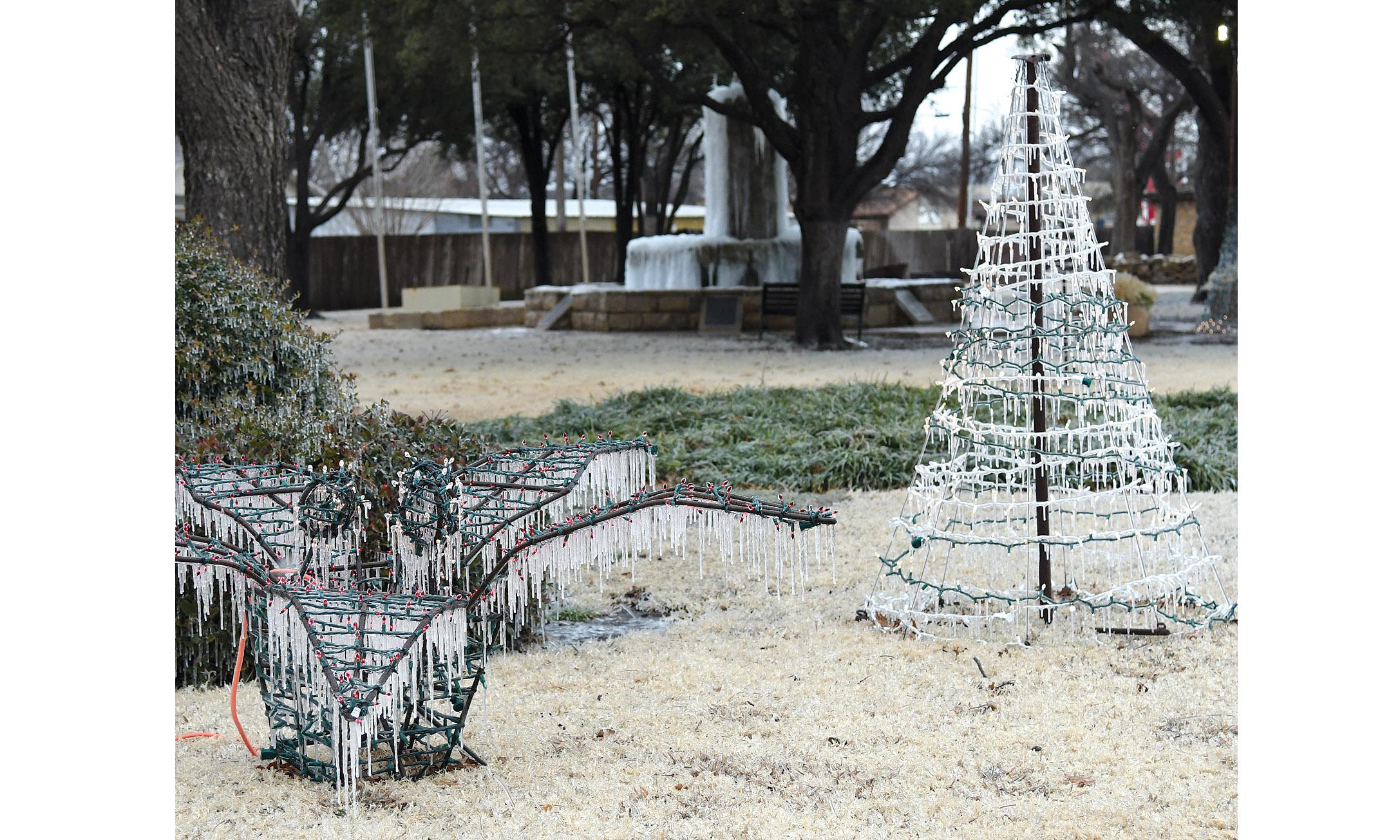Year ends with above-average rainfall

New Year’s Day 2019 wasn’t exactly balmy, with temperatures in the low 30s for most of the day and freezing drizzle on Wednesday, but it wasn’t the extreme of one year ago, when the mercury dipped down into the single digits on both New Year’s Eve and the next night, Jan. 1, 2018.
The nine degrees recorded on both those nights was nowhere near the all-time low in Albany of minus nine degrees that bottomed out thermometers on Jan. 5, 1947.
And in fact, it wasn’t the low for 2018; that came a couple of weeks later on Jan. 17, when a temperature of five degrees was recorded.
Another significant winter storm came at the end of February, when a norther blew in a coating of ice, sleet, and snow that closed area schools, businesses, and even early voting for the March primary.
That storm brought the only measurable snowfall of 2018, with less than half an inch recorded, although there were several more occurrences of ice and freezing drizzle.
Above Average Rain
The year ended with precipitation numbers well above normal at 39.95 inches for the year, but that figure was not anywhere close to the record, and doesn’t even fall in the top 10 of Albany’s recorded annual rainfall.
The wettest year on record occurred in 1941, when 47.01 inches filled water gauges.
A multi-year drought was broken in 2015, which saw 40.17 inches of rainfall. The trend continued in 2016, which with 40.75 inches carries the title of eighth wettest year in Albany.
The driest year saw only 11.07 inches during the entire year of 1956.
The average annual rainfall for Albany is 28.34 inches.
2018 in Review
The year 2018 started out fairly dry, with no precipitation at all in January and below average rainfall for the next four months.
Hubbard Creek Reservoir was 100 percent full as of Dec. 31, 2018, but it didn’t start out the year that way.
It wasn’t in bad shape on Jan. 1, 2018 at 85 percent capacity, but dry months and numerous 100+ degree days during the summer along with high winds took their toll, and by fall, the lake level had dropped to about 73 percent of capacity. That was still well above the 12 percent lake level several years before during a few drought years.
The expected “April showers” didn’t pan out at all; only .28-inch fell during a month when there are normally about 2.5 inches.
May looked better, but the tide turned in June when over six inches were recorded. The June average is 4.06 inches.
July and August were just slightly below average, and by September, the lake level had dropped down close to 70 percent.
Then the floodgates opened again all through September, when frequent moisture events brought a total of 5.32 inches in Albany and much more in other parts of the county.
The wettest month this year was October with 10.79 inches, far above the 2.99-inch average for the month.
Precipitation was slightly above normal in November with 1.98 inches, compared with an average of 1.69.
December started out fairly dry, but rainfall just last week jumped the numbers up to almost five inches for the month – 4.97 inches. The average for December over the 116 years of recorded history is 1.57.
The hottest day recorded in 2018 was July 23, when the thermometer reached 108 degrees.
Winter Forecast
At press time on Wednesday, forecasters were expecting freezing rain throughout the Big Country area, with possible snow on Thursday.
There should be warmer temperatures on Friday.
— —

